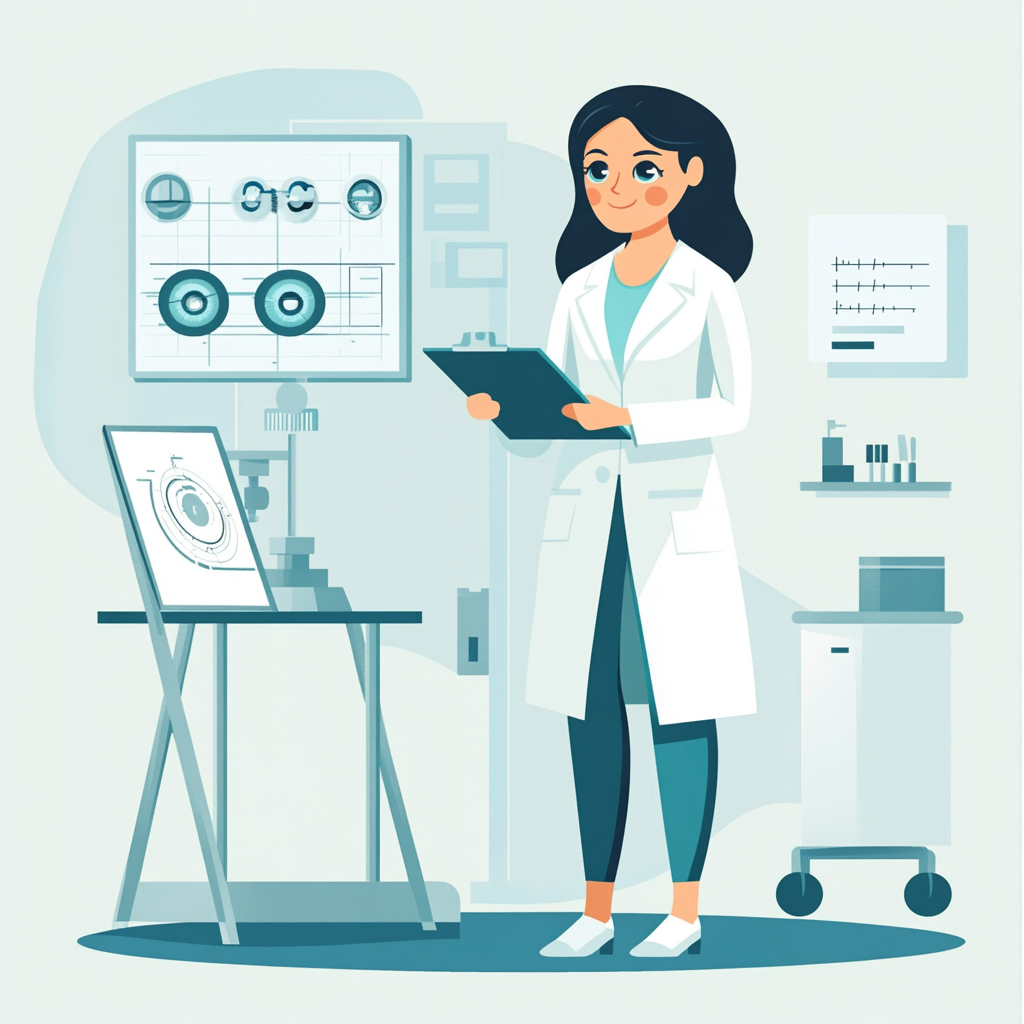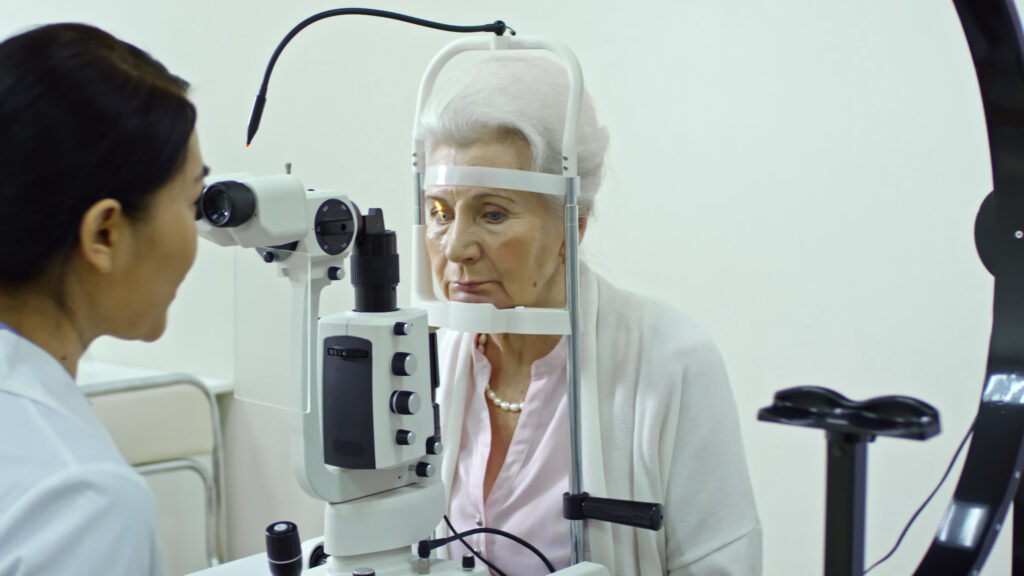I can still hear my voice as I spoke (and later shouted) the following phrases into my phone:
“Speak to a representative.”
“Please let me talk to a human.”
“Customer service.”
I was calling a large, nation-wide company to get information about their service. Lately, it has taken longer to get through the automated phone-tree systems that nearly all companies utilize in one way or another. If you have ever found yourself in a similar situation, I think you will agree with my sentiment below:
In recent years, there have been many new platforms made available to healthcare providers that have helped transition towards automation and simplicity for patients. Many of these are amazing tools that create efficiencies for providers and patients. As a healthcare consumer myself, I appreciate offices for offering automated check-in processes, online payment portals, and other ways to automate straight-forward parts of my patient journey. However, for patients that require (or simply still appreciate) the human component, there is simply no substitute for the type of relationship and comfort that can be provided through conversation with another living person.
When it comes to patient education, particularly about complex medical procedures that a patient may have no prior knowledge of, things are rarely straight-forward. Even extremely common procedures like cataract surgery are a foreign concept to most patients until they are diagnosed and meet with their surgeon to discuss options.
Nearly 5 million cataract surgeries were performed in 2022 in the United States, with that number set to continue increasing annually. 2.5+ million patients trust their surgeon and medical team every year to educate them on all options available for the best possible outcome for their lifestyle and vision goals.
I recently shared a story on LinkedIn of a practice that provided a few examples where their many efforts to provide that education still fell short. On more than one occasion, patients came back to the office after their first eye procedure and expressed concern that there were lens options besides the standard lens covered by Medicare — a fact they claimed to be unfamiliar with until after their procedure.
How can this happen? At a practice with:
- An easy-to-navigate website with detailed information about their different offerings
- An automated lifestyle questionnaire that is sent to every patient prior to their consultation
- Customized videos of the surgeons explaining the lens options that will later be presented again to the patient in the office
This could fit the description of hundreds (thousands?) of practices across the country. So how do patients select a lens package, yet claim to have not been informed of all available options?
This clinic did offer up some interesting insights as to where they feel a patient could slip through the cracks of their process:
- A small, but not insignificant portion of their patient population is in extremely rural areas. They recognize that a cohort of patients they see each year are illiterate — this renders the website and questionnaire nearly useless for these patients.
- Upon reviewing the analytics for the videos that they spent countless hours creating and surely a decent amount of their marketing budget allocated — the average viewer closed the video after 30 seconds, well before any educational content was presented completely.
This practice worked hard to build a patient experience that included thorough education at multiple points throughout the patient journey, but there was a key similarity among all the education the patient received before seeing their care team:
These were all one-way communication tools with no way to ensure the patient watched, interacted, or understood the information that was being presented.
Of course, there are many practices that provide no education for patients prior to their arrival in the office for their consultation. According to a recent Wolters Kluwer health survey, nearly a third of all patients say they aren’t offered any educational content from their provider.
Navigate Patient Solutions holds a firm belief that the human approach to education is pivotal to ensure a positive patient experience. A more informed patient is a more satisfied patient. It upsets us deeply to know that there will be patients having cataract surgery across the US this year without knowing that they have options available to them.
If you need one last reason to consider increasing the human component of your patient education, consider this additional point from the same Wolters Kluwer health survey mentioned above: Patients who get education content report better patient experience, while 68 percent said it increases the odds that they will return to that provider, boosting patient loyalty.
If you know of other ways that practice can easily improve patient experience, reduce burden on staff, reduce consultation appointment duration, and drive an increase in patient conversions, please contact us as we would love to hear your thoughts!




